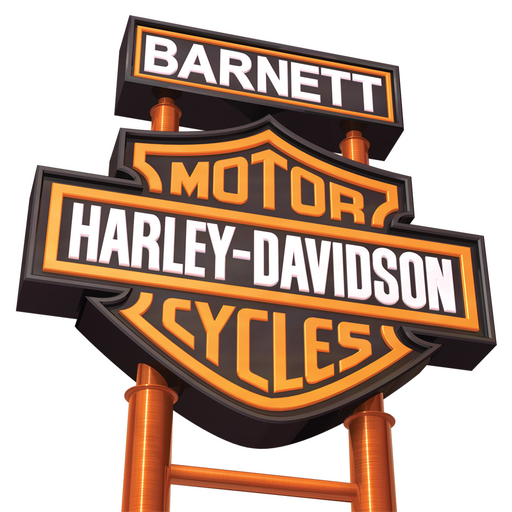The /2 was a rugged motorcycle. The seat height was low and could accommodate both tall and shorter operators with comfort. The rugged design proved itself to be the premier touring machine of its time. Up until the last few production years, most models incorporated the Earles fork front suspension. The Earles fork was a leading link fork “swing arm” patented by Ernest Earles. The action of the Earles fork has the characteristic reversed in relation to a telescopic fork. When applying the front breaks the front end would lift instead of dive. This trait along with the stout frame made /2 one of the best sidecar machines then and now. A second pivot point that moved the swing arm forward could be used to allow easer steering when a sidecar was attached.
After 1969, BMW engineers redesigned the entire motorcycle. The 6 volt generator and magneto of the /2 engines were replaced with a 12 volt alternator and coil ignition. Now an electric start could be incorporated. The much refined design of the engine with increased displacement made a vast improvement in horsepower. The frame was lighter and much taller like many of the British and Japanese designs of the day. This was not your father’s motorcycle. From 1969 to 1972 three engine choices were available, 500cc 600cc and 750cc.
In 1973 BMW introduced the R90S, it was considered by many to be the world’s first Superbikes. In 1976 Reg Pridmore won the AMA Superbike Championship for the United States on a R90S. Another first for BMW this year was the addition of the 5 speed transmission front disc breaks and other minor design changes in the chassis.
These BMW roadsters of the 70’s were very popular and many aftermarket touring accessories were available. However, those who still wanted to run a sidecar rig were still best served using the older /2 design. This became a challenge as highway speeds increased. To add insult to injury the /2 engine incorporated an oil slinger instead of an oil filter. This required the engine to be dismantled and sludge from the slingers cleaned about every 30,000 miles. Without this service preformed, catastrophic engine failure was imminent. Eventually the cost of repair would exceed the value of the machine.
I believe it was at this point that someone got the idea to transplant the engine and transmission from the machines of the 70’s into the stout, low, Earles Fork chassis of the 60’s and the BMW conversion was born.
Through the years many combination were mixed and matched to create the perfect machine for the intended task. While a good many individuals built their machine with the sole intention to pull a sidecar, other reasons did exist. The much increased seat height of the bikes of the 70’s prevented many riders with a shorter inseam a comfortable flat foot on the ground posture. The hot‐rodded conversions solved this problem.
The machine you see here in these photos is owned by Mark McClymonds of Portersville, Pennsylvania. This bike is a perfect example of the Hot-Rodded BMW /2 conversions. It incorporates the same style R90S engine and transmission that Reg Pridmore drove to win the 1976 AMA Superbike Championship. Other notable features include the larger sport touring tank, Denfeld solo seat, sport handlebars and stainless exhaust. The headlight bucket chosen is from the early 70’s model that had the addition of a tachometer in with the speedometer thus maintaining the /2 look. This is one sweet low riding hotrod!
Mark McClymonds started out riding dirt bikes back in 1967, and switched to on/off style bikes in the mid 70’s after a couple of close calls. In the late 70’s he got rid of all bikes, and completely stopped riding. “In 1997, I got the itch again, and bought myself a Harley Davidson Fatboy for my 40th birthday. I probably did like most other riders, and acquired a sport first, and then got 2001 Road King, and then 2003 Ultra Classic, and then a 2005 Screaming Eagle E-glide, which is the bike I ride the most,” said Mark. Along the way Mark also picked up this old BMW, and a 1961 HD Panhead.
Larry Shaffer, a neighbor and good friend of Mark, does most of the maintenance and modifications on his old bikes. Larry also owns a couple of two-wheelers, and is part of their close knit riding group. “My friends and I have ridden more than 25,000 miles together in 24 states, and had some of the best times imaginable. The motorcycle is absolutely the ultimate convertible, and there is nothing better than seeing this country on a bike, and better yet with your friends. Trips like these are truly life changing events that a person never forgets,” said Mark. We’ll see you on the road!
